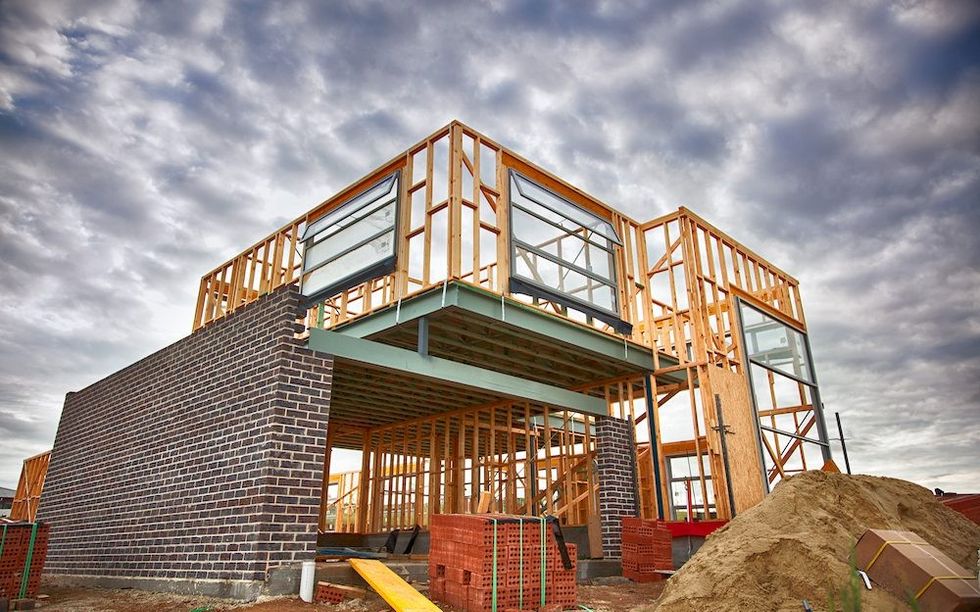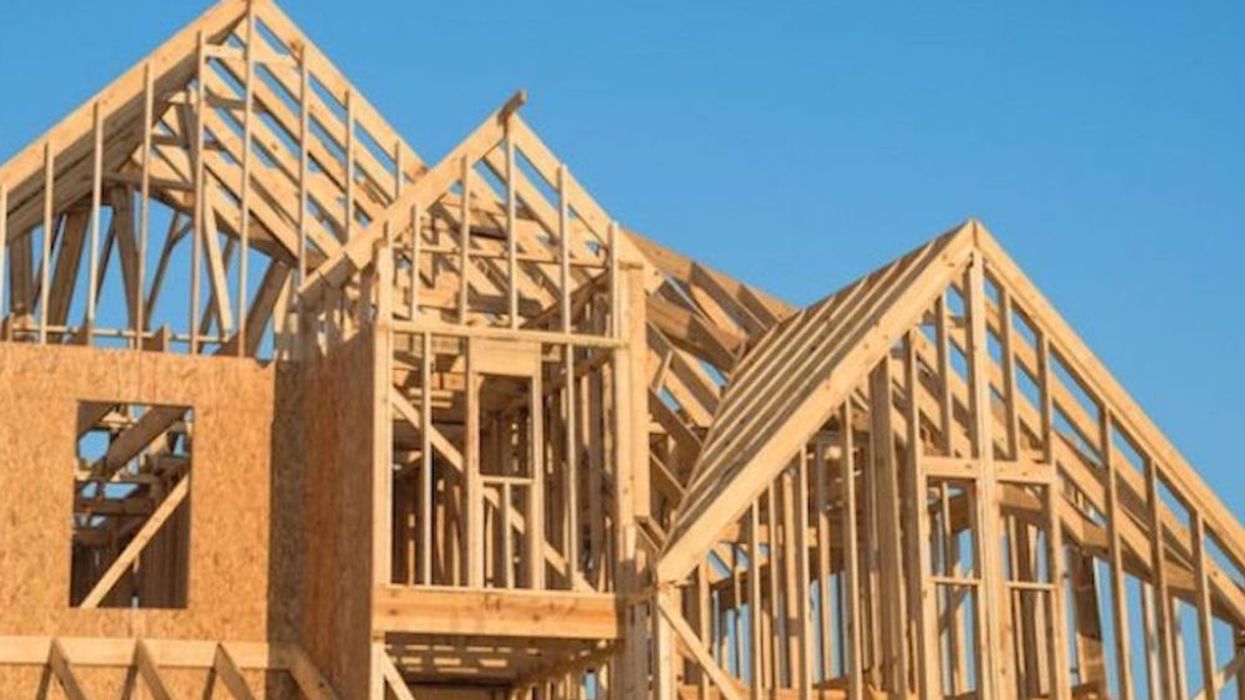Ontario’s homebuilding industry has some suggestions when it comes to addressing the province’s housing supply and affordability crisis.
Today, the Ontario Home Builders’ Association (OHBA) and the Building Industry and Land Development Association (BILD) released their top policy recommendations in a five-point plan for consideration by the provincial government for its new mandate. These priorities are based on the February 2022 recommendations of the Housing Affordability Task Force and forward-thinking initiatives that are intended to lower housing costs and increase housing supply for Ontario residents.
“Ontario has a housing shortage, and the lack of supply is driving up housing costs across the province,” said Luca Bucci, CEO of the OHBA in a press release. “Ontario needs to build at least 1.5M homes over the next 10 years to restore affordable housing prices. The five points that the industry is releasing present a bold vision on how to get more housing built quickly, so that every Ontarian can afford a place to call home. We call on the provincial government to continue to play a strong leadership role in defining this change and to work with our industry to implement these recommendations.”
READ: Report Finds Toronto Chronically Under Builds Compared to Population Growth
The province’s homebuilding industry acknowledges that there’s no “silver bullet solution” to address the relentless shortage of housing supply and subsequent affordability challenges and is consequently recommending a suite of changes. These changes are intended to speed the delivery of new homes, add supply, and bring balance to the market.

The five recommendations from Ontario's homebuilding industry include:
1. Making homes more affordable by speeding up approval times and eliminating red tape. Each month of delay in approvals adds thousands of dollars to the cost of a new home.
2. Adding certainty to the cost of building a new home by addressing out-of-control development fees. Already, fees and taxes from all levels of government account for up to 25% of the cost of a new home.
3. Making new lands available to build new housing and support future growth, as home supply and costs are highly dependent on land availability.
4. Laying the infrastructure groundwork for future growth by ensuring servicing and transportation infrastructure are prioritized.
5. Taking the politics out of planning to ensure that local decision making does not undermine the provision of new housing.
“The evidence is clear, solutions have been identified, consensus has been achieved -- now it’s time for action,” said Dave Wilkes, President and CEO of BILD. “Our industry’s five-point plan outlines the changes necessary to ensure that new home owners can afford to live in the GTA and that our region’s economy prospers in the long term.”





















